Where has March gone? I’ve been severely lax this month about regularly creating these articles but it only feels like the beginning of March – so i’m letting myself off, particularly as its a Saturday morning!
You may or may not have seen, but I’ve had several epiphanies recently about what I really set up Tratech Consulting for, and so today, I’m going to use this article to really get at the heart of one of the core elements of the business. As the (not so inspiring) title gives away, looking at how data driven insights inform process transformation. Let’s get at it….
The “Setting the Scene” bit
Did you know that, according to an article I read in Forbes https://www.forbes.com/sites/rhettpower/2023/02/12/what-will-it-actually-take-to-lead-a-modern-data-first-organization/?sh=3254d8e14f2b, by 2025, we will have created and stored over 181 Zettabytes of data.
If you’re like me and you had to reach for Google Search to understand what a Zettabyte is, I’ll give you a scale:
- 1 Zettabyte = 1 Million Petabytes
- 1 Petabyte = approx 500 Billion pieces of printed paper
- Going one further it means 181 Zettabytes = approx. 90000000000000000000 pieces of paper.
Now to put it into storage scale, get ready for the ChatGPT bit:
To store 9^19 pieces of paper, you would need approximately 168,856,464,709,124 filing cabinets. The total thickness of these sheets, if laid end to end, would be about 135,085,171 kilometers and would probably need to be stored like my matrix-style image below.
So, a long winded way of making the point that we are creating a hell of a lot of data.
In an age where every click, swipe, and keystroke is captured, it’s no surprise that data sits at the heart of business transformation. But how does this digital footprint translate into meaningful change within organisations?
Technological advancements, shifting customer expectations, and intensifying competition are just the tip of the iceberg for businesses trying to compete in an increasingly challenging world. Here’s where data becomes important, offering untapped insights in turbulent times and allowing the transition from gut feeling to data-driven decision-making for businesses of all sizes.
Understanding Data-Driven Transformation
So, what exactly is data-driven business process transformation?
Imagine harnessing a wealth of data—customer behaviours, operational efficiencies, financial performance—to guide business progression. It’s about leveraging this data through analytics tools and AI to not only envisage, but also implement strategic change. From streamlining operations to enhancing customer experiences, data-driven insights should serve as the blueprint for transformation.
So what are the benefits?
There has to be value from leveraging all of this data and spending time getting it right. So what benefits does it give us when deciding how to evolve our businesses?
Improved Decision-making: Armed with data, businesses can make decisions that are not just informed but inspired. It’s the difference between guessing and knowing and can provide insights that are perhaps too obscure, too hidden to humans.
Increased Efficiency: Identify bottlenecks, eliminate redundant processes, and introduce automation, all guided by clear data insights.
Enhanced Customer Satisfaction: Data enables a deep dive into customer preferences, leading to services and products that hit the mark every time.
Innovation and Growth: With a data-driven approach, companies are more adept at spotting opportunities for innovation, opening up new avenues for growth.
Strategies for Implementing Data-Driven Transformation
Embarking on a data-driven transformation requires more than just collecting data; it’s about cultivating a mindset where data is central to every decision and process. Here are a few strategies:
Assess and Address Data Capabilities: Begin with a thorough audit of your data capabilities. Identifying gaps early ensures a smoother transformation journey.
Foster a Data-Centric Culture: Encourage every member of your organisation to embrace data-driven thinking. Training and workshops can demystify data and showcase its value.
Ensure Data Quality and Governance: Reliable, secure data is the foundation of effective transformation. Implementing robust data governance practices is non-negotiable.
Stay Agile: The only constant is change, especially when it comes to data. Adopt an agile approach, ready to pivot strategies based on new insights.
Challenges and Considerations
No transformation journey is without its hurdles. Resistance to change, data silos, data quality, governance and the daunting task of upskilling can all throw a spanner in the works. The key lies in addressing these challenges head-on, with clear communication, comprehensive training, and a phased approach to transformation.
Farnborough FC – Case Study
I want to highlight one example of something that I did recently with Farnborough Football Club . As a community club, their aim has been about ensuring they operate a sustainable business for the fans and for the longevity of the football club. But collecting feedback from the fans/employees has been difficult to complete mainly due to the logisitics and time needed to collate and analyse the feedback.
Having created and run the first round of the “Match Day Experience” questionnaire, it provided insights that the club were perhaps unaware of. This has now led to several programmes of work being put into place to implement some of the more, shall we say, realistic opportunities to improve. We will be continuing to run these feedback sessions for the remaining home games of the year to ensure that fans all have the opportunity to put their thoughts ‘on paper’.
But what if we hadn’t done this? Fans continue to get frustrated that the club isn’t seen to be moving forwards, the club gets frustrated that the match day experience is viewed as poor, that revenue isn’t maximised and the attendances don’t increase as people spend their money elsewhere.
Now I’m not saying that this one questionnaire is the saviour of the match day experience of the club – i’m not that narcissistic, but it has allowed them to make operational and process changes that they might not have done had they not had the data. I guess we’ll see what happens after some of the changes are implemented during the close season.
Wrapping Up
The role of data in driving business process transformation really cannot be overstated. It has become the linchpin of strategic decision-making, operational efficiency, and customer satisfaction. By embracing a data-driven approach, organisations can navigate the complexities of today’s business environment with confidence and clarity.
As we look ahead, the question isn’t whether data will continue to shape the business landscape—it’s how swiftly and effectively we can adapt to this data-centric world using data that is clean and governed well (that’s another whole article!). Are you ready to embark on this transformation journey? Let the data lead the way.
For more information about how Tratech Consulting can support your business, fill out the form on this page.








